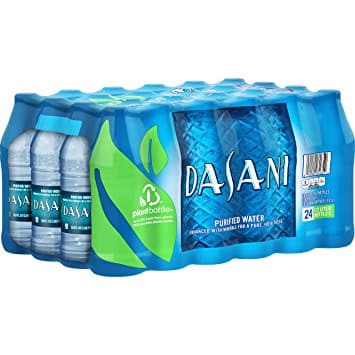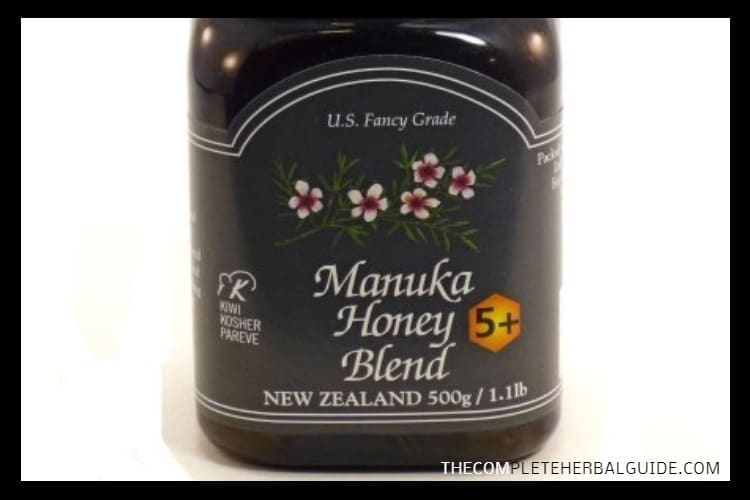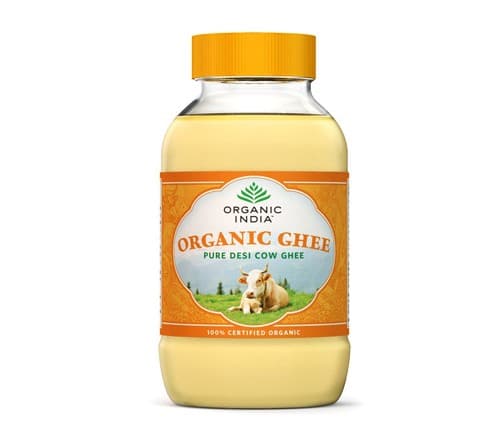
Pereg’s Gluten Free Alternative Flour
When it comes to flour, there’s no longer a one-bag-fits-all policy. Products made from nuts, soy, and ancient grains have sprouted on store shelves, and they’re worth a second glance. “Not only do the different types of flour give you a chance to experiment with textures and flavors when cooking and baking, but they’re also another way to increase the nutritional variety in your diet,” says Roberta Larson Duyff, R.D. In time for the baking season, check out these not-so-run-of-the-mill flour substitutes.
Table of Contents
What is Pereg Alternative Flour?
Pereg’s company is a family business that started in 1906. All of the brand’s flours are 100% pure, fresh and natural and never include any additives, preservatives, fillers, MSG, or food coloring. In addition, every product is OU Kosher certified, and many are Non-GMO Project verified, gluten-free certified, Whole Grain Council approved, and vegan.
Why I Love Pereg Alternative Flour
- 100% pure
- Distributed in a zip-lock bag, so it closes easily and stays fresh long
- No Artificial Flavors
- Contains no Artificial Colors
- No Artificial Preservatives
- Contains no Fillers
- No MSG
- Contains no Food Coloring
- Contains 0 Trans Fats
- Kosher
- Gluten free
- Certified vegan
- Non-GMO Project Verified
Pereg’s Alternative Flours:
Coconut flour
Coconut flour is gluten-free, high in fiber, low carb, and a good source of protein. Recipes will likely need more liquid when using coconut flour but will require less sugar (or other sweeteners) because coconut has a natural sweetness to it. For advice on baking with coconut flour, read Everything to Know About Coconut Flour: The Grain-Free Superfood.
Buckwheat flour
Buckwheat flour is made by grinding buckwheat groats, which are actually seeds and not grains, making it both gluten-free and grain-free!
Banana flour
Banana flour can replace any plain or self-rising flour. It has a nutty taste and is both gluten-free and grain-free. Read Why Grain-Free Flours Are the Next Hot Baking Trend to learn more.
Chickpea flour
Chickpea flour is gluten-free, grain-free, nut-free, and high in protein. Read 7 Ways to Use Chickpea Flour in Holiday Meals: From Breakfast to Dessert to learn more about how to start using this bean-based flour.
Almond flour
Almond flour is made from ground almonds, so it’s gluten-free and grain-free! It can be used in baking, raw desserts, bread, and to bulk up veggie burgers and falafel.
Quinoa flour
Quinoa flour is gluten-free, grain-free, and one of the most nutritious flours but should not be used alone. It has a light, nutty flavor.
My family loved all 6 flavors. The two flavors I loved the best were:
The Almond Meal Flour
It’s naturally grain-free, this Paleo-friendly flour contains protein, healthy fats, and 35 percent of your RDA for vitamin E. One caveat: You must refrigerate or freeze it after opening to prevent spoiling.
Best For:
Coating chicken or fish; in meatballs, crab cakes, or anywhere else you’d use bread crumbs; or for replacing up to one-fourth of the white flour in cakes, muffins, pancakes, and cookies.
The Quinoa Flour
This nutrient-packed flour contains a complete protein: one that provides all of the essential amino acids. To get rid of quinoa’s natural bitterness, grind your own flour, baking the quinoa first on a parchment-lined sheet at 215°F for 10 minutes.
Best For:
Upping the healthiness of cookies and cakes. Cut it with an equal amount of white flour—the texture will be a bit more grainy than usual, but the result will be so much better for you.
I love the fact that they are made with no artificial preservatives, colors or flavors too. Most people don’t realize that many preservatives can give health problems. They can cause different allergies and conditions such as hyperactivity and Attention Deficit Disorder in the some people who are sensitive to specific chemicals. The foods containing additives can cause asthma, hay fever and certain reactions such as rashes, vomiting, headache, tight chest, hives and worsening of eczema. They may affect RNA, thyroid, and enzymes (affecting RNA can cause tumor growth). Most have not been studied for safety or toxicity. They are all synthesized chemicals that don’t even have common names. Most artificial flavorings are derived from petroleum. Most artificial flavors actually contain many chemical ingredients, not just one. Many of those chemicals are volatile. This is why eating natural flours and foods is so important.
As an author of the book, “The Complete Herbal Guide: A Natural Approach to Healing the Body – Heal Your Body Naturally and Maintain Optimal Health Using Alternative Medicine, Herbals, Vitamins, Fruits and Vegetables, I found Pereg’s alternative flours tasty, easy-to-use and nutritious.”
It came quickly, packaged well and when I tried it, I was impressed on how delicious it tasted. I was impressed with the products. All four tasted great! I recommend it to others. I will continue to buy Pereg’s alternative flours.






